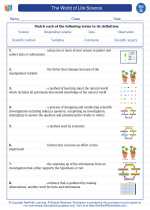Lead
Lead is a chemical element with the symbol Pb (from the Latin plumbum) and atomic number 82. It is a heavy metal that is denser than most common materials. Lead is soft and malleable, and has a relatively low melting point. It has been used for centuries in various applications, including construction, batteries, ammunition, and as a component in various alloys.
Physical Properties of Lead
- Atomic Number: 82
- Atomic Symbol: Pb
- State at Room Temperature: Solid
- Color: Bluish-white when freshly cut, but tarnishes to a dull gray
- Melting Point: 327.5°C
- Boiling Point: 1749°C
Chemical Properties of Lead
Lead is a relatively unreactive metal. It does not react with water or oxygen at room temperature. However, it does react with acids to form salts, and it can form compounds with other elements.
Health and Environmental Effects
Lead is a toxic metal that can cause serious health effects, especially in children. It can affect the nervous system, kidneys, and other organs. Lead exposure can occur through ingestion or inhalation of lead particles. In the environment, lead can persist for a long time and can accumulate in soils and water, posing risks to plants, animals, and humans.
Uses of Lead
Despite its toxicity, lead has been used in various applications, including:
- Construction materials, such as pipes and roofing
- Batteries
- Ammunition
- Adding to alloys, such as in solder and in the production of brass and bronze
Study Guide for Lead
To study lead effectively, consider the following key points:
- Understand the physical and chemical properties of lead, including its atomic number, symbol, state at room temperature, and reactivity with other substances.
- Learn about the health and environmental effects of lead exposure, and the importance of proper handling and disposal of lead-containing materials.
- Explore the historical uses of lead and its modern-day applications, considering both the benefits and risks associated with its use.
- Consider the alternatives to lead in various applications, and the ongoing efforts to reduce lead exposure and environmental contamination.
By comprehensively understanding lead and its properties, students can gain a deeper appreciation for the role of this element in our world, as well as the importance of mitigating its potential hazards.
[Lead] Related Worksheets and Study Guides:
.◂Science Worksheets and Study Guides Seventh Grade. The World of Life Science
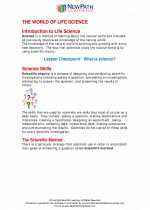
 Activity Lesson
Activity Lesson
 Worksheet/Answer key
Worksheet/Answer key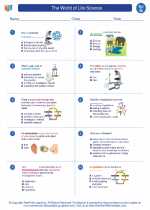
 Worksheet/Answer key
Worksheet/Answer key
 Worksheet/Answer key
Worksheet/Answer key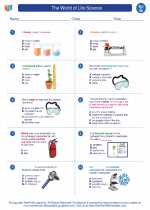
 Worksheet/Answer key
Worksheet/Answer key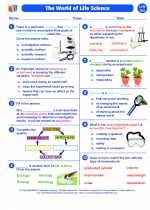
 Vocabulary/Answer key
Vocabulary/Answer key
 Vocabulary/Answer key
Vocabulary/Answer key